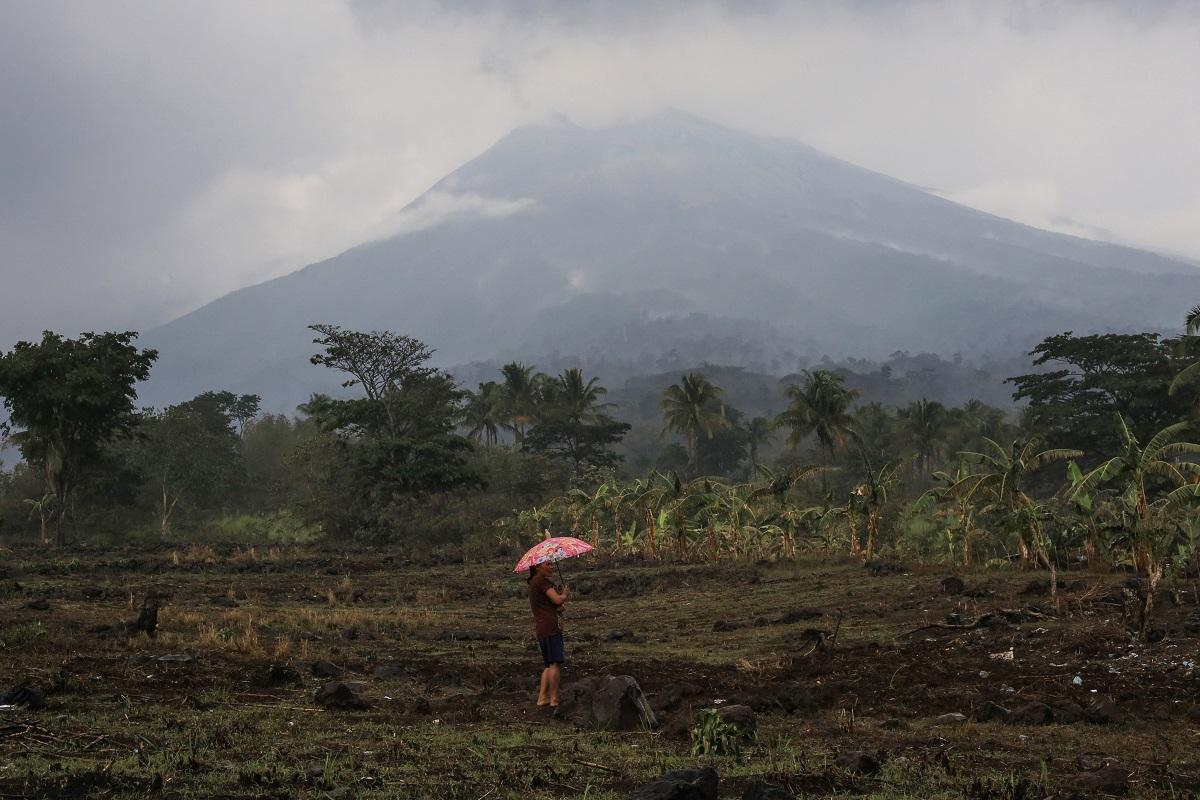PHIVOLCS records Mount Kanlaon elevated sulfur dioxide gas flux

The Philippine Institute of Volcanology and Seismology (PHIVOLCS) has recorded on Monday the fifth highest volcanic sulfur dioxide emission from Mount Kanlaon since instrumental gas monitoring began.
"Volcanic sulfur dioxide (SO2) gas emission from the summit crater of Kanlaon based on campaign Flyspec measurements today, 28 October 2024, averaged 10,074 tonnes/day," PHIVOLCS reported.
"Kanlaon has been degassing increased concentrations of volcanic SO2 this year at an average rate of 1,273 tonnes/day prior to the 3 June 2024 eruption, but emission since then has been particularly elevated at a current average of 4,210 tonnes/day," the agency also said.
There were sulfuric fumes were reported in Barangay Masulog and Canlaon City proper and, to a lesser degree, in Barangays Panubigan and Binalbagan, Canlaon City.
PHIVOLCS advised the people against prolonged exposure to sulfur dioxide, particularly for residents of communities directly affected by the fumes.
The fumes can cause irritation of the eyes, throat, and respiratory tract.
People who may be particularly sensitive are those with health conditions such as asthma, lung disease and heart disease, the elderly, pregnant women and children," PHIVOLCS said.
For communities that can be affected by volcanic sulfur dioxide, please be mindful of the following:
- Limit your exposure. Avoid outdoor activities, stay indoors and shut doors and windows to block out volcanic gas.
- Protect yourself. Cover your nose, ideally with an N95 facemask. Drink plenty of water to reduce any throat irritation or constriction. If belonging to the particularly sensitive group of people above, watch over yourself and seek help from a doctor or the barangay health unit if needed, especially If serious effects are experienced.
Alert Level 2 (increasing unrest) remains over Mount Kanlaon, said PHIVOLCS, but current volcanic activities "may lead to eruptive unrest and an increase in the Alert Level."
"The public is strongly advised to be ready and vigilant and to avoid entry into the four (4) kilometer-radius Permanent Danger Zone (PDZ) to minimize risks from volcanic hazards such as pyroclastic density currents, ballistic projectiles, rockfall and others," the agency said.
In case of ash fall, affected communities downwind of the volcano's crater, the people are advised to cover their nose and mouth with a clean, damp cloth or dust mask.
Aircraft should avoid flying close to the summit, and communities living beside water systems are advised to take precautionary measures against lahar and muddy streamflows when heavy rainfall occurs. — BAP, GMA Integrated News




